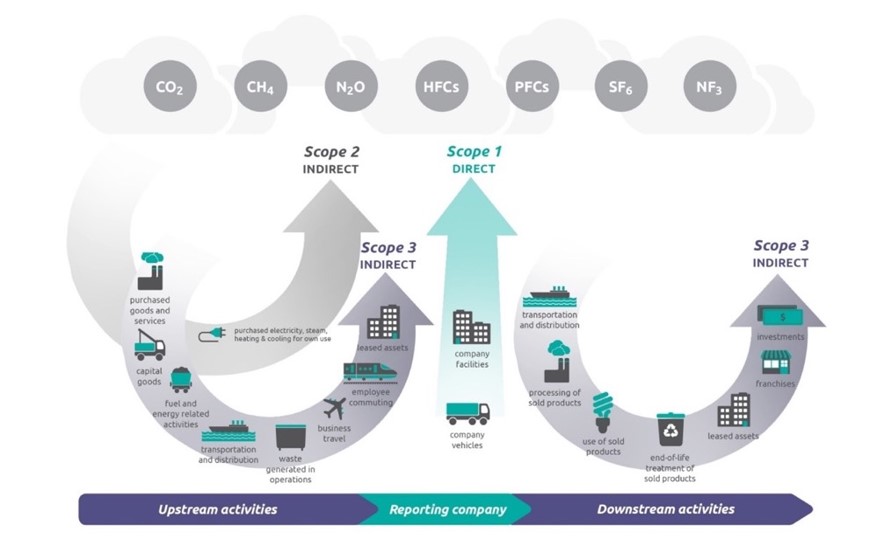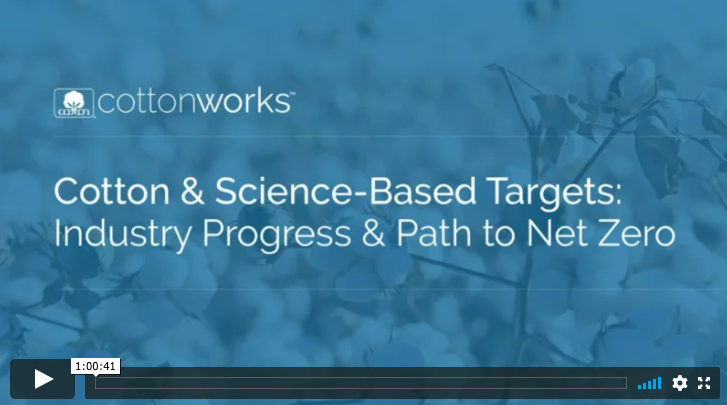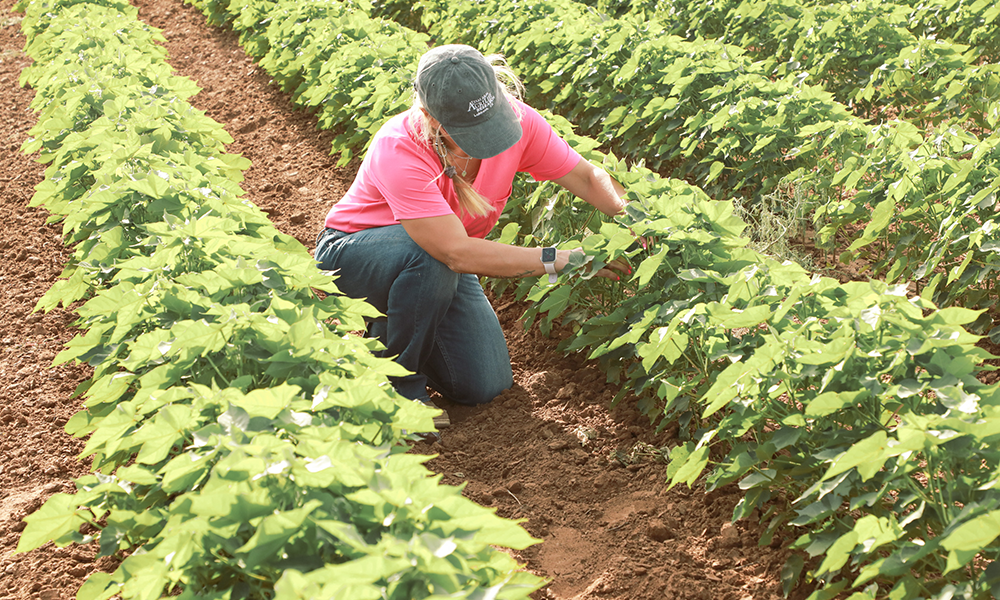Cotton & Science-Based Targets: Industry Progress & Path to Net Zero
September 1, 2020
Watch part two of this webinar series on cotton’s land use and soil health to understand how science-based targets for sustainable land use play a major role in achieving sustainability goals in the apparel industry.
Improving soil health is a key lever in the U.S. cotton industry’s goal to reduce its GHG emissions by 39% by 2025. This ambitious target is only achievable by increasing soil carbon content and land efficiency while decreasing soil loss and energy use.
Our previous webinar in this series addressed sustainable farm practices that increase soil health. In this webinar, we’ll discuss how meeting the cotton industry’s sustainability goals will enable brands within the greater apparel industry to meet their science-based targets incorporating the full lifecycle of products.
- What are Science-Based Targets?
Science-based GHG emissions targets are consistent with the level of decarbonization required—according to the latest climate science—to prevent global temperature increases from rising more than 1.5°C. Currently, this means a 45% GHG reduction from 2010 levels by 2030, reaching net zero around 2050.
More than 950 companies have committed to the Science Based Target Initiative. Criteria for science-based targets include:
- Review Emissions on 3 Scopes Across the Value Chain: Scope 1 emissions include energy the business directly consumes through its facilities. Scope 2 emissions include the energy a company purchases for electricity, heating and cooling, etc. Scope 3 emissions include energy consumed everywhere else (transportation and manufacture of goods, employee travel, product end-of-life, etc.)

Source: GHG Protocol
- Establish a Forward-looking Timeframe: Target timeframes must be between 5-15 years and companies report on progress throughout the timeframe in an annual, public disclosure.
- Include the Full Value Chain: If Scope 3 emissions are 40% of the company’s total GHG emissions or more, the company must set targets that address at least 2/3 of the emissions in their value chain (Scope 3).
See examples of apparel companies’ scope emissions breakdowns by watching the webinar.
- Farming’s Effects on Science-Based Targets in the Apparel Industry
More than 70 apparel companies have approved science-based targets or commitments. For these brands, over 90% of total emissions come from Scope 3, particularly the goods and services purchased for raw material processing and production. Farming raw materials like cotton present a huge opportunity to reduce GHG emissions by:
- Increasing Efficiency: Decreasing soil loss and water use to improve crop yields while decreasing inputs like fertilizer and water.
- Improving Soil Health: Increasing soil organic carbon to improve soil water retention and crop yields and .
- Employing Renewable Energy: Shifting to lower carbon fuels for thermal energy needs in collecting and processing fibers (harvesting, ginning, etc.).
Learn more about how farming can impact the apparel industry’s sustainability targets by watching the webinar.
- The Cotton Industry’s Science Based Targets
The U.S. Cotton Trust Protocol aims to increase trust, lower brand risk and lower the environmental impacts for apparel brands by advocating sustainable farm practices such as:
- No Tillage. Increasing the percentage of U.S. cotton growers currently using conservation, strip or no tillage directly affects total soil carbon sequestration.
- Cover Crops. Planting grazing feed or other vegetation between cash crops decreases soil loss and improves soil nutrients.
- Water Efficiency: Adopting efficient irrigation techniques and rainfall capture practices as rain events become more severe and infrequent.
- Verified Data: Expanding the use of tools like the FieldPrint® Calculator to help growers measure cotton production and provide a platform for increasing sustainability.
Learn more about the cotton industry’s sustainability goals and practices by watching the webinar.
The Webinar
This CottonWorks™ webinar is led by Michael Sadowski, an independent consultant at the World Resources Institute, and Dr. Jesse Daystar, Chief Sustainability Officer at Cotton Incorporated. Cotton & Science-Based Targets: Industry Progress & Path to Net Zero provides guidance and support for companies in the apparel industry setting ambition science-based sustainability targets. Watch the webinar to discover key ways to measure GHG emissions throughout the apparel value chain and how sustainable cotton farming techniques can be a key driver in reaching reduction targets.
The work we do is possible because of collaborations with researchers like these and partnerships with people all throughout the value chain. Ready to commit to sustainably produced cotton? Become a Cotton LEADS partner today. Interested in doing even more? Contact us for ideas to get the most out of sustainable cotton and your partnership with Cotton LEADS.















Recent Comments